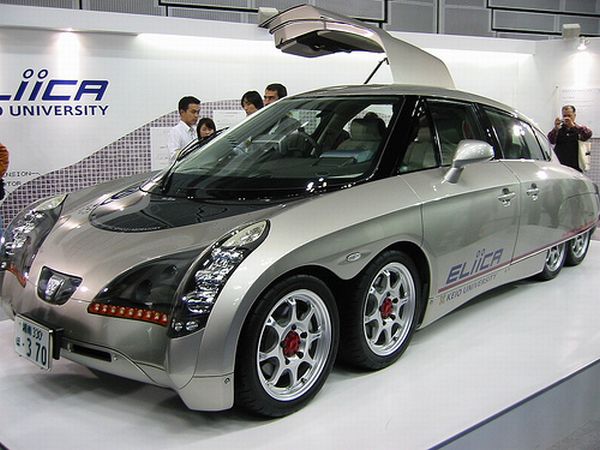
As we know it:
A supercar by definition is one that is fast, expensive and for the elite. It is incongruous to think of the buyers of these cars as also being interested in the environment and zero emissions. However, the supercars do serve another purpose, which is to push the envelope of automobile technology. The innovation for speed, pick-up, styling and luxury in today’s supercars translate into better functions and features on the more every day cars of tomorrow. It is this possibility that is inspiring some designers to work on the electric supercars.
Why the need?
While electric cars have made promising market debuts, major technology questions still remain to be addressed. The first big question is the driving range. Most electric cars, today, have a range of only 100 to 150 miles on a full battery before they need to recharge. A typical gasoline car on a full tank has a range of 300 miles or more. Putting in a larger battery to increase range, adds too much weight to the car. The recharge of the battery takes too long. A gas tank refill takes 5 minutes or less. A battery recharge could take anywhere from 30 minutes to 4 hours and the battery recharge stations are still very few.
The electric car buyer, who pays a larger upfront cost for the car, also is troubled by the issue of the battery recharge being from utility power that is produced by burning fossil fuel. This negates, at least in part, the reason for using an electric car. Other questions in his mind are the battery end-of-life disposal, which in a previous generation of lead-acid batteries caused ground water lead contamination.
The hope of the supercar designers is that in building and testing high performance cars without the cost and budget restraints of a family sedan, new technologies would get applied that could pave the way to find solutions to these issues.
Current Trends:
Eliica
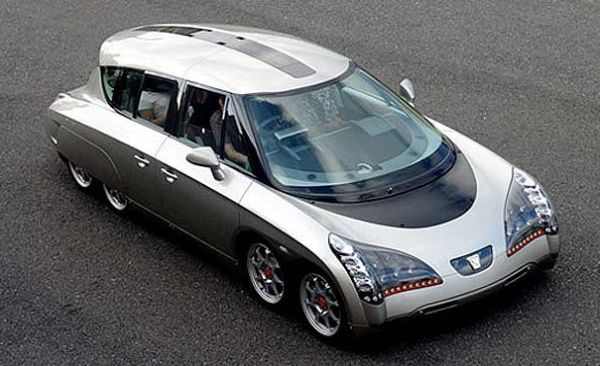
What’s new
The Eliica ( for Electric Lithium Ion Car) has been built first in 2004 by a team from Keio University, Tokyo led by Dr. Hiroshi Shimizu. The car is unusual in that it has 8 wheels each with an 80 hp electric motor. This individual wheel drive is unusual for cars, though it is used in other vehicles like locomotives. A prototype of this vehicle has reached a top speed of 235 mph and the designers hope to beat the 250 mph land speed record. Acceleration from 0-60 mph is said to be achieved in an impressive low of 4 seconds. Power is from 4 tracks of 80 batteries which makes up a large part of the car’s 2400 kg weight. The car is said to have a range of 200 miles. The wheels are also fitted with regenerative brakes that recover energy when braking to recharge the batteries. On road price was estimated as $255,000.
What difference will it make
Work on this supercar should help evaluate the practicality of motor driven individual wheels in place of the more conventional single drive adapted into electric cars from gasoline engines. The eight wheel concept is again a bold departure from the standard 4 wheel design and gives the car all-terrain capability. While it will improve road handling, it is not clear how the increased road resistance is offset. Tests of the Lithium Ion batteries on a high performance car should help find new approaches to battery technology.
Shelby Supercars Aero
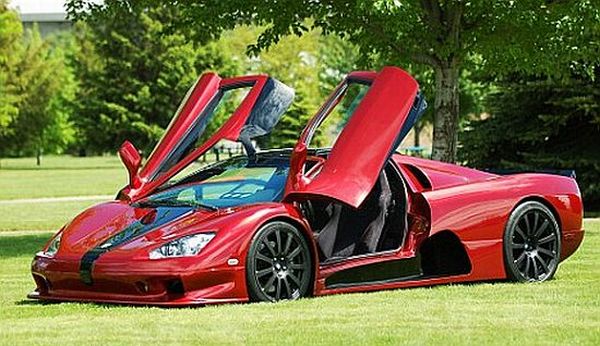
What’s new:
Shelby SuperCars’ SCC-Aero electric car is said to be able to reach a top speed of 208 mph with a 500 hp electric motor. This development could change the perception that only gasoline engines can reach these speeds. Shelby has also made some other claims that could revolutionize the industry. It has made the claim that its nanotechnology based lithium battery can be recharged in 10 minutes to deliver a 150 – 200 mile drive range. If this claim is true, it would overcome one of the major issues with electric cars, the long recharge time. The second major advance claimed, is the development of an All Electric Scalable Power Train (AESP) which could power not just cars that typically need 200 hp but also SUVs that need 500 hp and light delivery trucks that need 1200 hp. This could make electric vehicle technology possible beyond cars. The Supercar is priced $ 650,000.
What difference will it make:
Validation of Shelby’s claims of 10 minute recharge and the scalable electric power train will overcome two major limitations of present day Electric Vehicle technology. The 10 minute recharge looks especially difficult unless Shelby has a break-through battery technology.
Li-ion Inizio
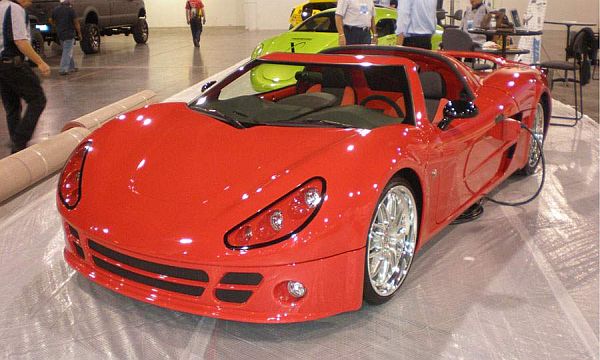
What’s new
The Inzio by Li-ion Motors of North Carolina claims a top speed of 170 mph and an acceleration from 0-60 mph in 3.4 seconds. The car uses a bank of 12 Lithium Ion batteries of 100 Ah each with proprietary battery chemistry for increased life. The drive motor is said to be 290 kW AC induction motor with liquid cooling. The car also includes a Battery Management System (BMS) that monitors individual cell voltages and distributes the power drawn evenly between the cells. Another interesting feature is that at the push of a button, the suspension raises the car by a few inches to clear road humps or other obstructions. The car needs a 6 hour recharge for its 150 mile range. The charger is built on-board.
What difference will it make
The Inzio’s low slung design coupled with a spacious interior reflects the design needs for a sporty car and could validate body and interior design concepts that could be applied to EVs. The Battery Management System looks a positive feature as also the device to raise the car on its suspension.
Peugeot EX1
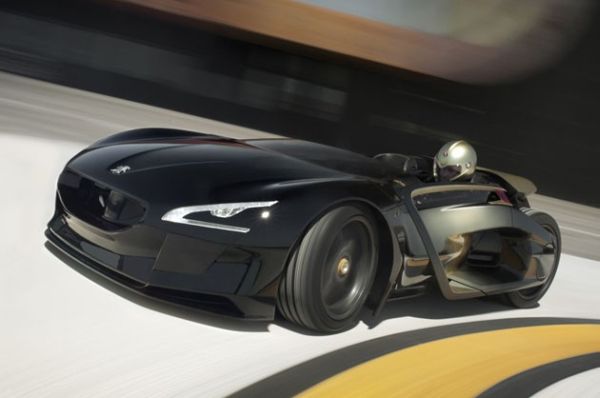
What’s new
The Peugeot EX1 which was designed in 2010 as part of Puegeot’s 200th anniversary celebration has set a new lap record at the Nurburgring track. Averaging 86 mph, the EX1 set the new record at 9:01.38, over 50 seconds less than the previous record. The EX1 has previously broken 6 other records for vehicles under 1000 kg weight.
What difference will it make
The expertise that a mainstream automobile company like Peugeot gains from electric racing cars will accelerate the application of new technologies to make the EV acceptable to the average car buyer. The EX1 body is made from a carbon honeycomb composite for strength and it drive is from twin motors that generate 250 kW. The aerodynamic design and low center of gravity make for a stylish “water droplet” shape that should find acceptance from future EV buyers.




